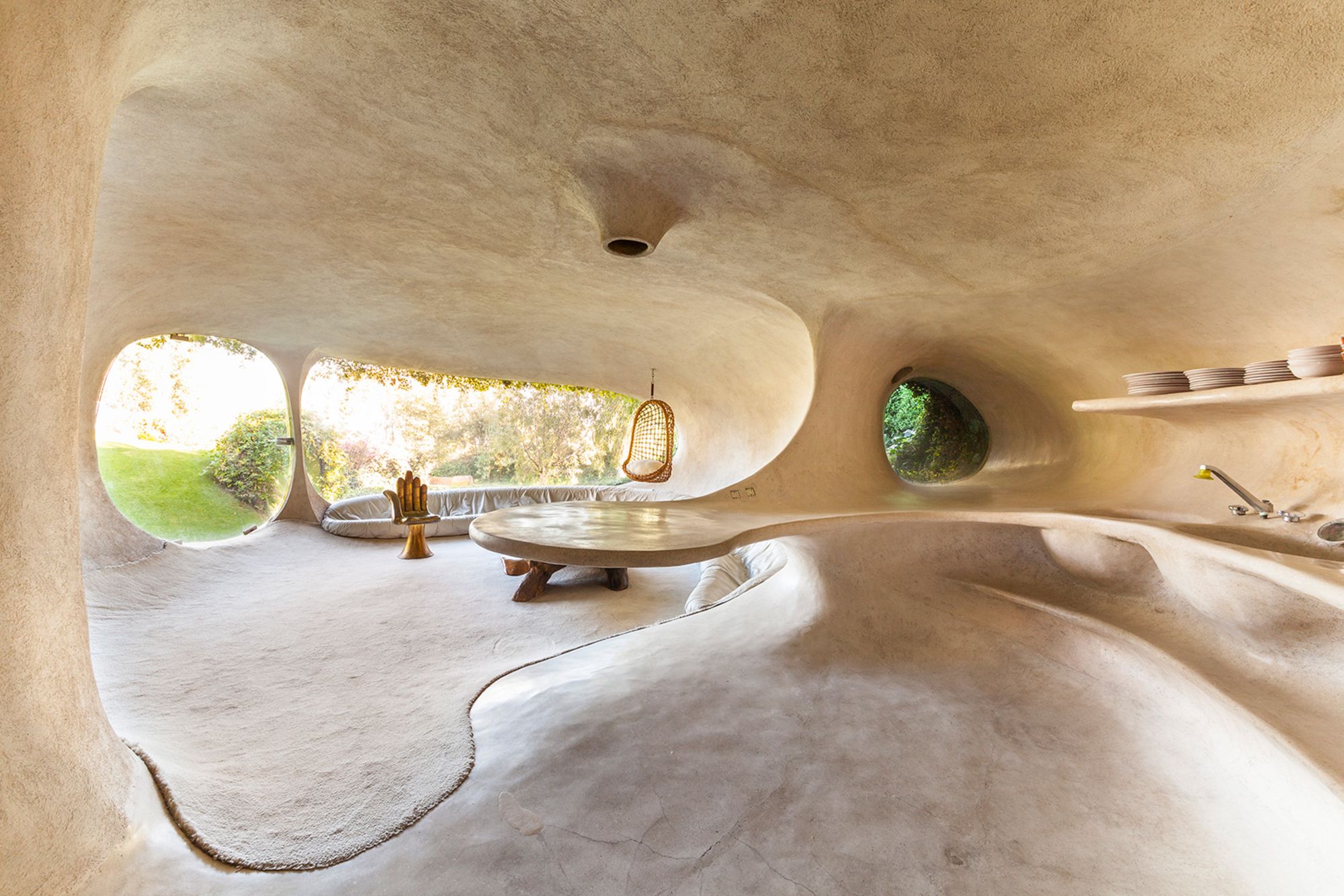Hypermodern glass and steel may be shaping our cities of the future — and the supertall skyscrapers that continue to punch through their skylines — but some architects are looking instead to humanity’s oldest dwelling: the humble cave.
With well-insulated, energy-efficient interiors, building materials partially provided by an existing structure, and a sense of harmony with the natural world, caves present an alternative way of eco-living, either as an isolated introvert’s paradise, or a community of cliffside homes.
Perhaps most famous are Turkey’s Cappadocia caves, which house rooms for rent and a luxury thermal hotel, but there are other examples, from a minimalist apartment in Tel Aviv, to a secluded temperature-controlled wine cave in Texas. In 2005, educator Jiang Lu conducted an Earthwatch-backed study on traditional cave dwellings in China’s mountainous Shaanxi Province — which still provide housing for millions of residents today — finding them to be compatible with the principles of contemporary sustainable design.
But caves, despite being our oldest homes, are often seen as a radical choice: In 1958, when Life magazine visited the cozy abode of Mexico City-based painter and architect Juan O’Gorman, formed by a lava cave and decorated with animal print throws and ceramics on built-in shelving, the writer called it “most bizarre.”
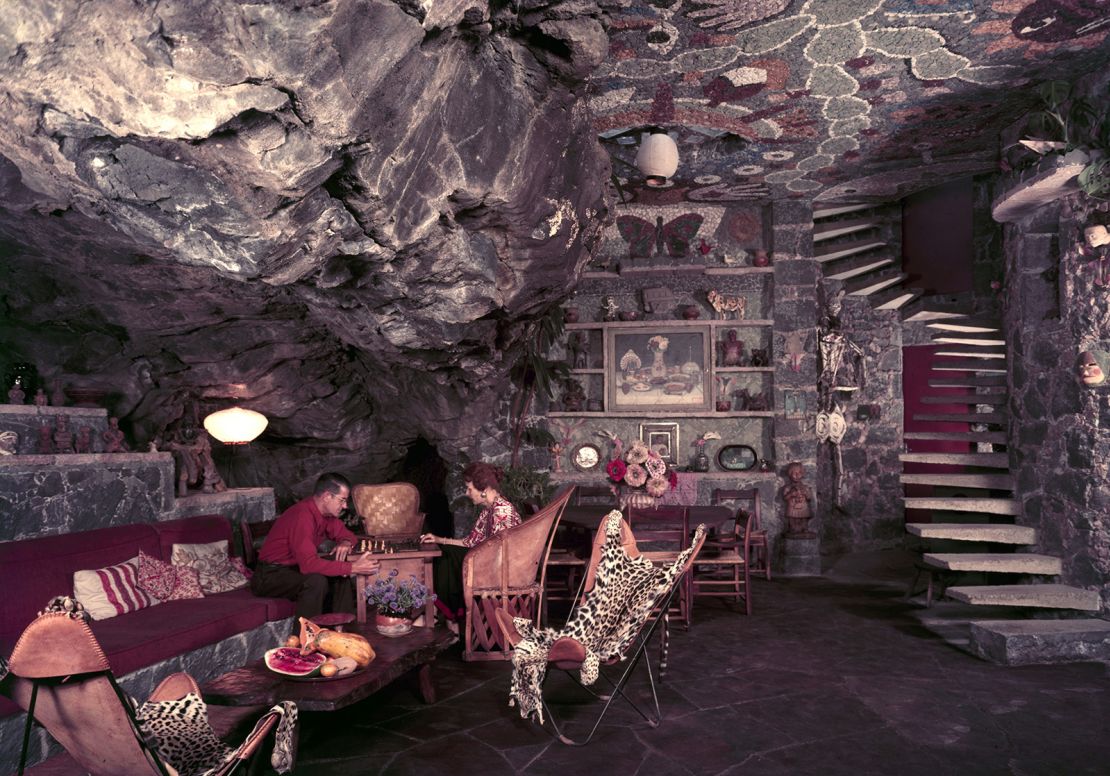
Now, O’Gorman’s home, along with three other Mexican artist-architects who have explored modern cave design, is exhibited in “In Praise of Caves” at the Isamu Noguchi Foundation and Garden Museum in Queens, New York. While the show isn’t a call to find the nearest cavern to inhabit, it presents the cave as a wellspring of inspiration for architects, particularly in how we think about the shapes of our homes.
“I think the thing that’s so timely about (the exhibition)… is these Mexican artists were not talking about a kind of backwards-looking nostalgia (for caves),” explained Dakin Hart, a senior curator at the museum. “They are looking forward — this is about the future.”
Nature meets design
Javier Senosiain, the only living artist-architect in the show, is perhaps the most famous of the bunch with his vibrant, eye-popping projects such as animal-lair-like “Casa Orgánica,” where Senosiain and his family formerly resided an hour west of Mexico City, and “El Nido de Quetzalcóatl (The Nest of Quetzalcóatl),” which he completed in 2007. For “In Praise of Caves,” Senosiain created intricate models of his own designs as well as O’Gorman’s subterranean home — which has since been partially demolished by a new owner — and the forward-thinking concepts of Carlos Lazo, who died young in an airplane crash before his visions could be fully realized.
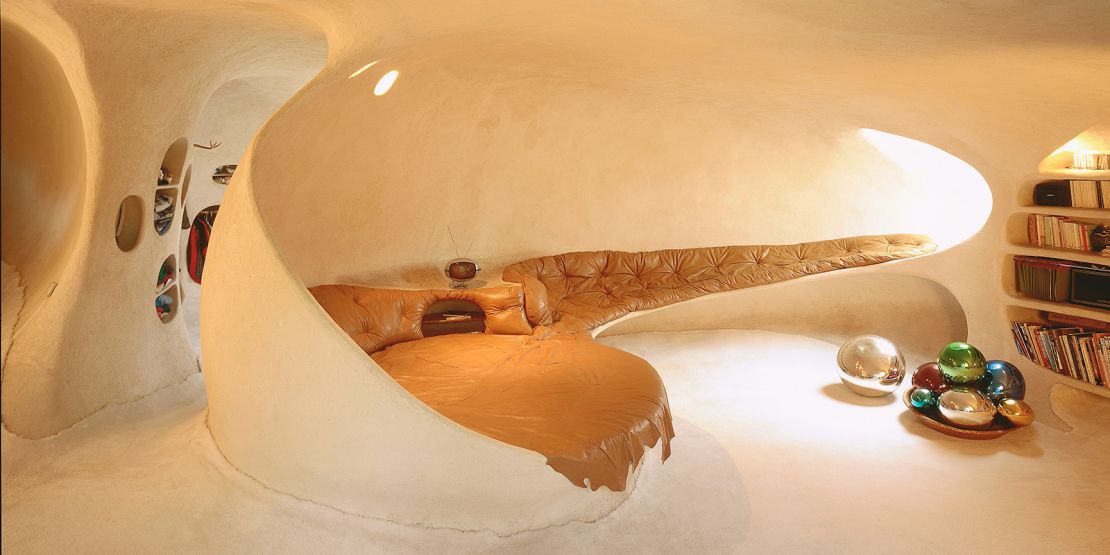
Each architect has been connected with Mexico’s contributions to Organic Architecture — whose other famous associates include Frank Lloyd Wright in the US and Antoni Gaudí in Spain — believing that rekindling our relationship to the natural world was key to living well. But the architects in the show were also developing their ideas in the shadow of the Cold War, when the development of the atomic bomb had many thinking about bunkers below the surface, Hart explained.
“If we make the surface of the planet uninhabitable, we may all end up — whether we choose to or not — having to live underground,” Hart said.
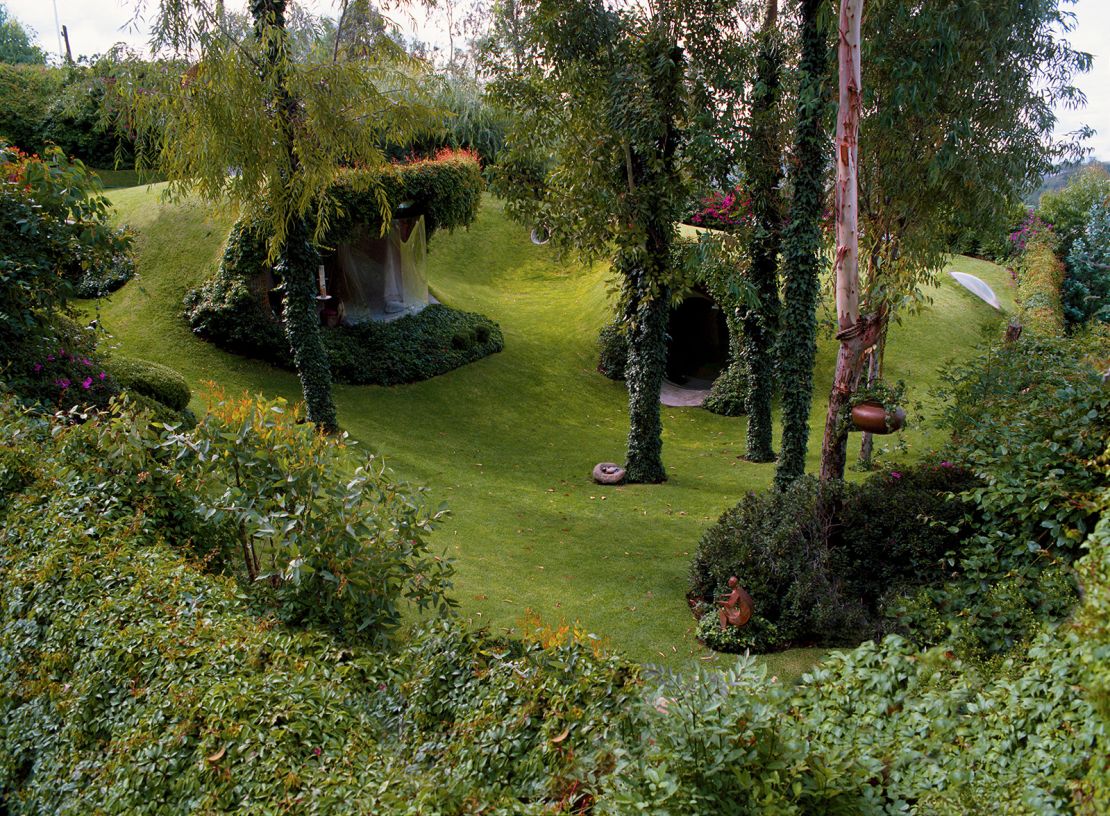
Though the architects’ visions differ, the exhibition suggests they agreed that modern architecture came up short in its design. “Boxes have not made us happy… it’s not a way to integrate well with our environment,” Hart said of Senosiain’s beliefs. So, for Javier, his point is we should go back to natural models as much as possible.”
Scaling a vision
One of the most ambitious cave projects was Lazo’s never-realized “Cuevas Civilizadas (Civilized Caves),” for which he aimed to dig 110 hillside homes northwest of Mexico City along with his project partners Augusto Pérez Palacios and Jorge Bravo. While the spaces were carved out, and the model homes completed, when Lazo, an esteemed city planner and public official died, the project died with him.
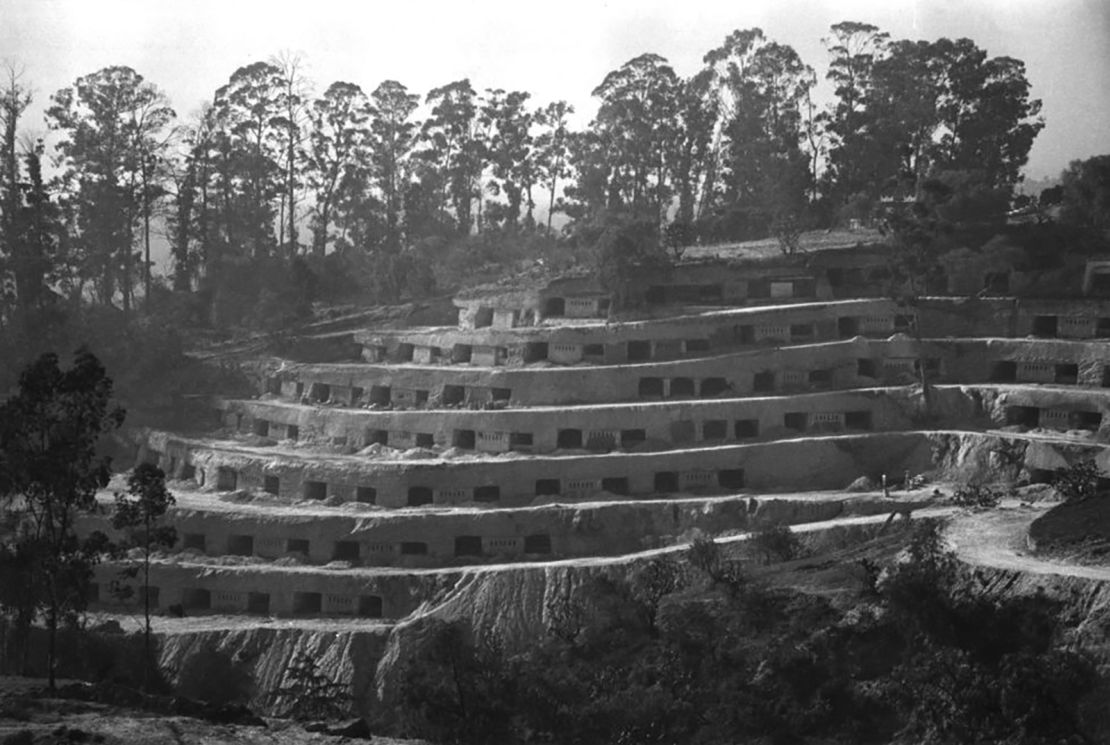
“(It) was essentially a public housing project idea…to build very efficient, but very modern homes that didn’t require a lot of maintenance, and didn’t require a lot of expense in upkeep for working people,” Hart explained. “And sadly, when he died, the project fell apart, because it was all held together by his ambition and his position.”
But the curator says Lazo’s idea can still inform future thinking. “What’s neat about Lazo was the scale of the ambition,” he said. “And to see what might have been possible — what still is possible, if we just think about urban planning a little bit differently.”
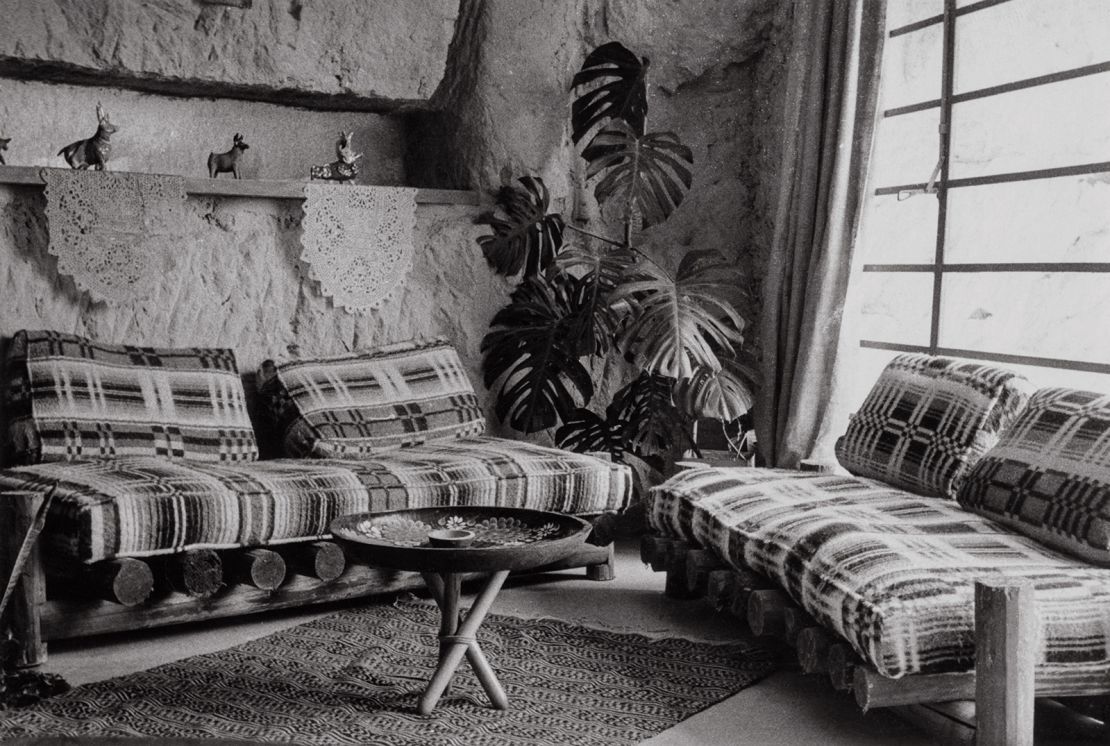
While floating cities and treehouses have become popular design solutions, embracing cave-like homes as a model could also help us plan for a future where a climate crisis looms. Already, they have become the inspiration for some 3D-printed homes, such as TECLA’s model, which is made of local clay and whose rounded shape allows for easier printing and greater energy efficiency.
“We get so swamped by these kinds of unitary approaches to things. You look at the New York City skyline — eventually, we’re going to think that those pencil towers are normal, (with) one $50 million apartment per floor that nobody lives in,” Hart said. “(Caves) are an alternative way to think about building in a different kind of concert with our environment.”
Top image: A view of Casa Orgánica.
